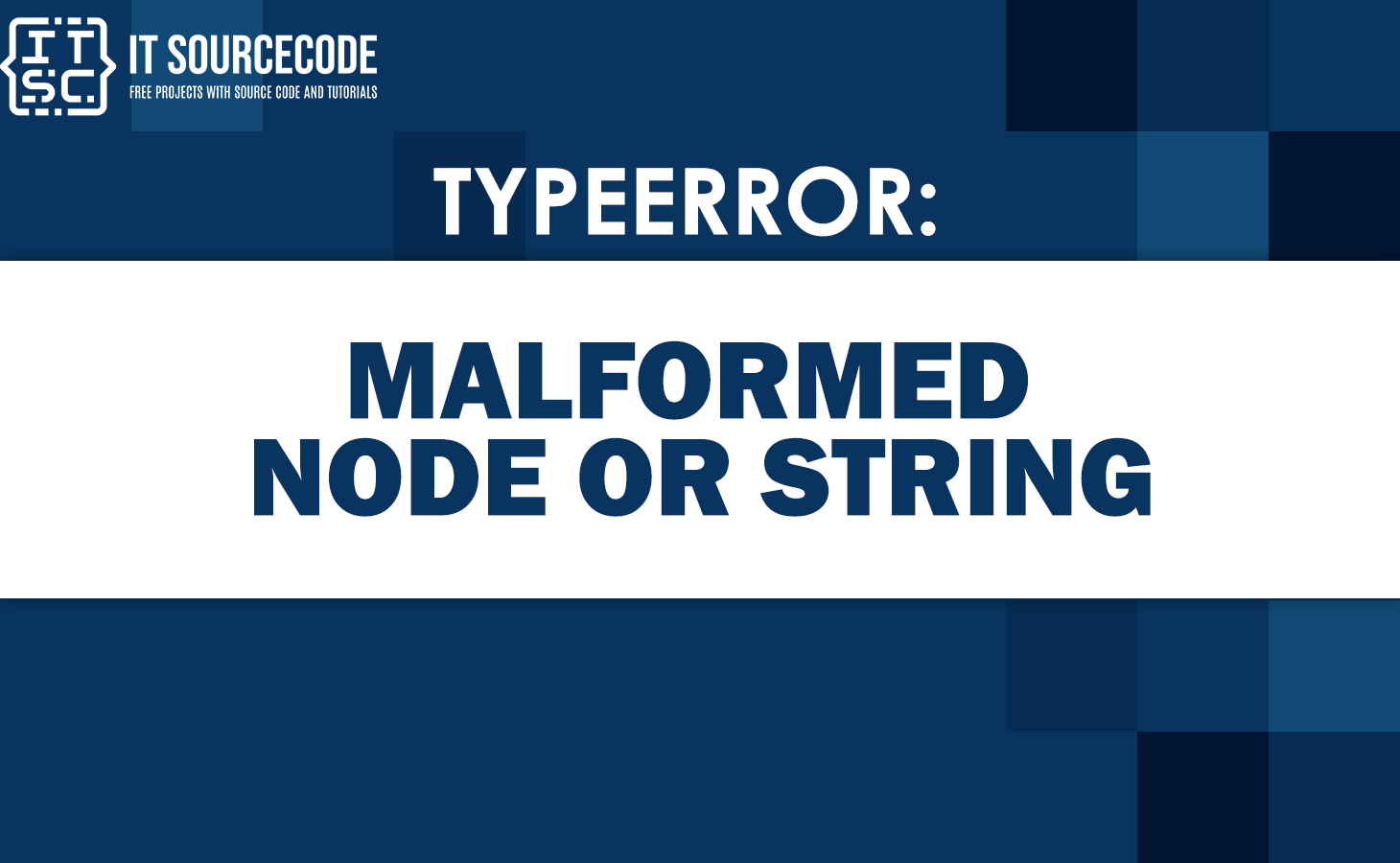One of the common errors might encounter of all developers is valueerror: malformed node or string error message.
If you’ve come across an error message, Don’t panic! In this article, we will explain this error, providing you with clear examples and practical solutions to resolve the error.
What is ValueError: Malformed Node or String?
The ValueError: Malformed Node or String is an exception that occurs when working with data structures or parsing strings.
This error is typically encountered in programming languages such as Python, where data is represented using nodes and strings.
Common Causes of the Error
Here are the following some common reasons behind this error:
- Incorrect node structure
- Improper string formatting
- Data type mismatches
- Parsing errors
How to Reproduce the Error?
Here is an example on how the error occurs:
class Node:
def __init__(self, value):
self.value = value
self.next = None
# Creating a linked list
head = Node(1)
second = Node(2)
third = Node(3)
# Connecting nodes
head.next = second
second.next = third
# Removing the second node incorrectly
head.next = third
In this example, we have a linked list consisting of three nodes. However, when attempting to remove the second node, we incorrectly update the head.next pointer, skipping the second node.
This results in a malformed node structure and triggers the ValueError: Malformed Node error.
How to Solved the ValueError: Malformed Node or String?
The following are the solutions on how to solved valueerror: malformed node or string:
Solution 1: Correcting Malformed Node Error
To resolved the ValueError in the previous example, we need to correctly reassign the head.next pointer.
Here’s the correct example code :
# Correcting the malformed node
head.next = second.next
By assigning head.next to second.next, this is to ensure the proper structure of the linked list, resolving the Malformed Node error.
Solution 2: Validate the XML or JSON data
To fix the ValueError, it’s important to validate the XML or JSON data. Several libraries and tools are available that can help you validate the data’s syntax and structure.
For XML data, you can use libraries like lxml or xml.etree.ElementTree in Python to parse and validate the XML file.
Similarly, JSON data can be validated using the json module or specialized JSON validation libraries.
Solution 3: Check for missing or mismatched tags
One common cause of the Malformed Node error is missing or mismatched tags in the XML or JSON data.
It’s important to carefully inspect the data and ensure that all opening and closing tags are correctly paired.
Solution 4: Repair or reconstruct corrupted data
In cases where the XML or JSON data is corrupted during transmission or storage, you may need to repair or reconstruct the data.
If you have a backup or a reliable source for the data, consider using that as a reference to fix the corrupted portions.
Solution 5: Use specialized libraries or modules
Depending on the programming language you are using, there might be specialized libraries or modules designed to handle XML or JSON data parsing and processing.
These libraries often have built-in error handling systems and can provide more informative error messages.
Additional Resources
- Valueerror: bad marshal data unknown type code
- valueerror: too many dimensions ‘str’
- Valueerror: unknown format code ‘f’ for object of type ‘str’
Conclusion
This Valueerror malformed node or string error typically occurs when a function or method receives an invalid or improperly formatted input.
FAQs
To prevent this error, ensure that you validate input data, perform appropriate checks, and follow the recommended data structures and string formatting practices.
Yes, the ValueError: Malformed Node or String error can occur in other programming languages where similar data structures and string operations are utilized.
Yes, if the JSON data contains incorrectly formatted nodes or strings, the ValueError: Malformed Node or String error can occur during parsing or processing.

